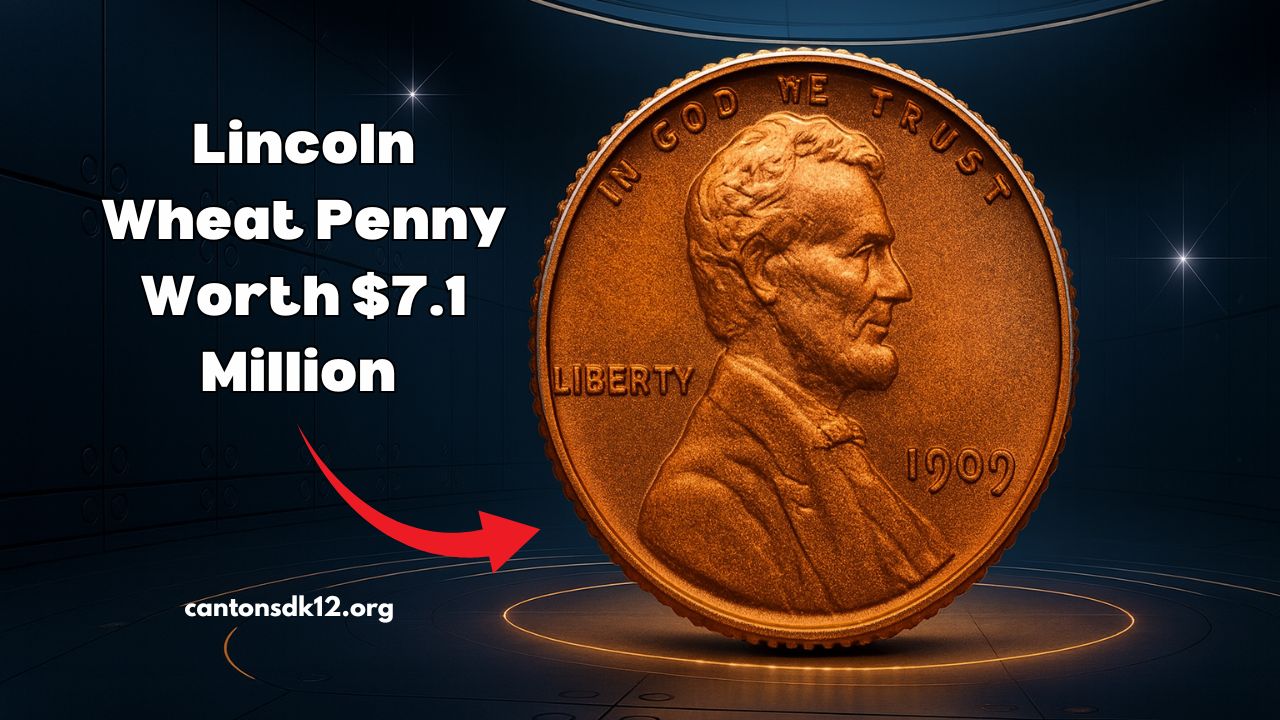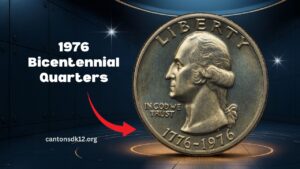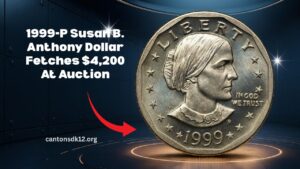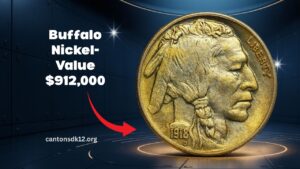Imagine discovering that a Lincoln Wheat Penny, once thought to be ordinary, is now valued at an astonishing $7.1 million—and that it could still be circulating in the pockets of unsuspecting Americans.
Rare error coins, especially those minted in unusual metal compositions or containing minting mistakes, are considered numismatic holy grails.
This article uncovers what makes certain Wheat Pennies so valuable, how to spot them, and whether one could truly be hidden in your spare change.
What Makes a Wheat Penny Worth Millions?
The Wheat Penny series, minted between 1909 and 1958, holds a special place in U.S. coinage history. While most are common, a few stand out due to:
- Minting Errors: Coins struck on incorrect metal blanks (e.g., a steel penny struck on a copper planchet) or misprinted dies.
- Extremely Low Mintage: Limited production runs—like those from the San Francisco Mint—add scarcity.
- Historical Questions: Wartime anomalies and abrupt design changes make certain coins remarkable survivors.
- Top-Tier Preservation: Coins in mint condition often fetch millions.
These factors combine to create a small subset of Wheat Pennies that are prized far beyond their face value.
The $7.1 Million Phenomenon Explained
One exceptional Lincoln Wheat Penny is now valued at $7.1 million—a valuation driven by:
- A rare off-metal error (e.g., a wartime steel cent struck on a copper planchet).
- Ultra-high-grade preservation with virtually no wear.
- The coin’s unique place in numismatic history, due to both its composition and the context of its minting.
- High demand among serious collectors, driving auction prices upward dramatically.
Such coins are so rare that only a handful might exist—possibly unnoticed in circulation.
Quick Facts at a Glance
| Aspect | Details |
|---|---|
| Coin Type | Lincoln Wheat Penny (1909–1958) |
| Error Type | Off-metal minting or significant misprint |
| Known Examples | Only a few exist |
| Record Valuation | $7.1 million |
| Driving Factors | Rarity, condition, historical context |
| Circulation Reality | Could still be found in everyday change |
Could It Really Be in Your Pocket Change?
While it’s highly unlikely, it’s not impossible. Why?
- Small volume of rare coins: Because only a tiny number exist, the odds are minuscule.
- Unrecognizable to the untrained eye: Without knowledge, you’d likely mistake it for a common penny.
- No automatic recall: Unless verified by an expert, such coins stay in circulation.
If you believe you may possess a rare Wheat Penny, the first step is to have it authenticated by a professional coin grader.
Other High-Value Wheat Penny Examples
- 1943 Copper Wheat Pennies: Mistakenly struck in copper during WWII instead of steel—these have sold for hundreds of thousands to over a million dollars.
- 1909-S VDB Pennies: Very limited mintage, particularly with the designer’s initials, often sell for six-figure sums.
- 1955 Doubled Die Pennies: Not Wheat Pennies but part of the Lincoln cent lineup—sell for tens of thousands due to a misaligned strike.
The story of a Lincoln Wheat Penny valued at $7.1 million is a stunning reminder of how even the most common objects can become priceless treasures under the right circumstances.
Through minting errors, historical quirks, and exceptional preservation, a simple one-cent coin can achieve astonishing value—and may still be hiding in your wallet or piggy bank.
If your spare change includes a Wheat Penny, take a moment to examine it carefully. You may be closer to discovering an untold treasure than you ever imagined.
FAQs
What types of mistakes make a Wheat Penny worth millions?
Primarily rare off-metal errors (e.g., copper on steel or vice versa), low-mintage varieties, design anomalies like doubled dies, or abruptly discontinued mint marks.
How can I tell if I have a rare Wheat Penny?
Look for unusual coloration, magnet attraction (steel pennies stick to a magnet), or design discrepancies. For certainty, submit it to a reputable grading service.
Is it realistic to find a $7 million penny in change?
While it’s extremely unlikely, the surprising value comes from coins so rare that even the possibility sparks excitement among collectors and hobbyists alike.




